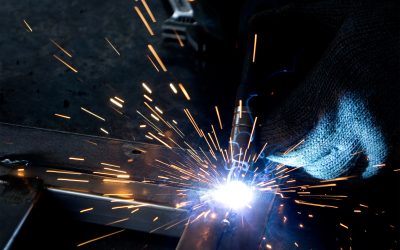A stud welding system is comprised of three different parts for the equipment. The first is a hand held tool, which is designed to apply the weld stud in the desired location. The second part is the cables to connect the hand held tool to the power source.
The third component is the power source required to generate the energy to complete the weld. It also allows for the operator to make changes to the system to suit various types of stud welding requirements.
Each of these parts of stud welding machines, both drawn arc and capacitator discharge (CD) systems, need to be designed to provide efficiency, quality, and durability.
Hand Held Tool
The handheld tool or stud gun needs to be designed to be rugged for use on any type of job. For drawn arc welding needs, some companies offer a standard and heavy-duty model to allow for larger diameter weld studs. All handheld tools should be designed for ease of use and with operator comfort and safety in mind.
Some companies now offer fixture mounted weld tools which can be fully automatic with regards to feed or they can be designed for operator hand loading. These are ideal for automated or robotic stud weld services.
Power Sources
Power sources need to be user-friendly with regards to reading the system, making changes and monitoring performance. The top manufacturers now offer more technology in their stud welding machines, allowing for pre-set features and functions for greater speed and ease in changing between tasks.
Cables
How and where stud welding machines are used will have a very big impact on the length and types of cables in use. Equipment used indoors and outdoors will also have different designs to allow for correct grounding and use in various locations and distances from the power source.
